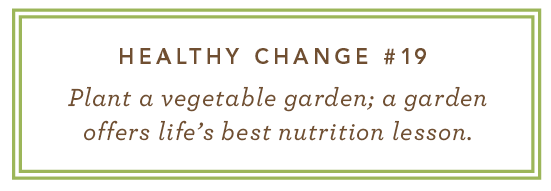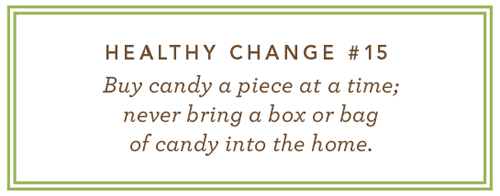The Joys of a Garden

The quick answer: Consider all the ways a vegetable garden will benefit your health.
_____________________________________________________________________
My Father’s Garden
I think “My Father’s Garden” was one of WOWL’s best posts. Our Father, now passed, was a devoted gardener. But gardening was about more than food. His response, when I asked why he gardened, was brief: “Why do you breathe?” Gardening, for him, was about life.
Visiting grandchildren found his garden a magical place. At night the various vegetables would leave their beds to form a marching band and tromp around the backyard playing classics like Seventy-Six Cornstalks. But perhaps I simply imagined it all.
Garden Benefits
We’re headed to little Midway, Utah, for a stay at a historic home we care for. It’s spring and plants are exploding with life after the long winter. We love our visits here, even the weeding. In this little town, almost everyone gardens.
There’s so little crime in Midway that people leave cars unlocked with keys in plain sight. But in the summer, in the church parking lot, they keep their cars locked. It’s the only way to keep someone from slipping the extra zucchini into your car.
Skip’s Garden
I haven’t had a proper vegetable garden in past years, just a tomato plant or two. But this year I felt the urge and made a place for a garden, tucked in a sunny spot shown in the picture above. It’s not large, maybe 15 square feet. But I have tomato plants, two kinds of squash and green peppers, cantaloupe, carrots, herbs, and string beans. I love working in my little garden and look forward to the harvest time.
The benefits of a garden include pleasant exercise, tranquility and relief of stress, vitamin D from the sunshine, the satisfaction of seeing the plants grow under your care, and a felling of closeness to Nature. Plus you get really healthy food to eat.
All this leads to this week’s Healthy Change:

Comment: Please comment on your gardening experience. Whether you do it for truly local and organic food, to save money, or just for the joy of gardening, a garden is one of the best uses of your time.

 Monday, May 5, 2014 at 10:57AM
Monday, May 5, 2014 at 10:57AM






